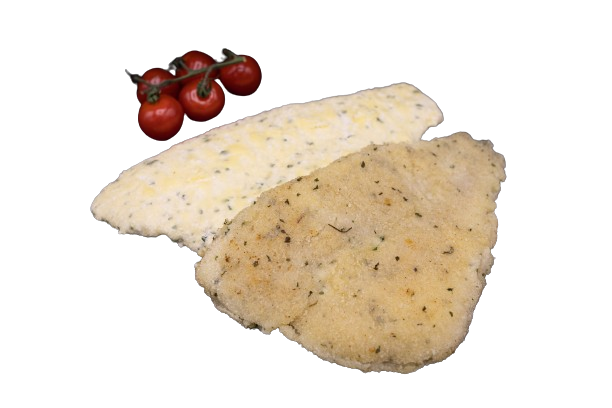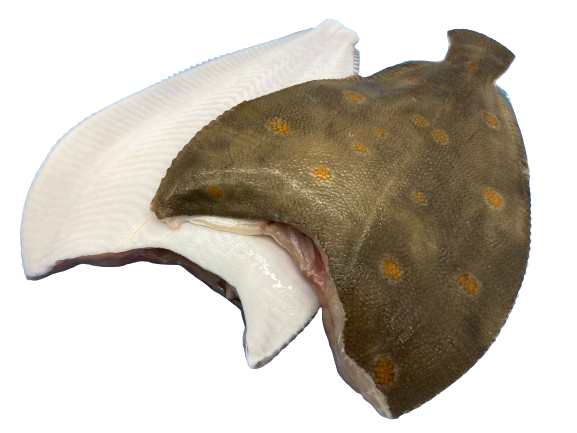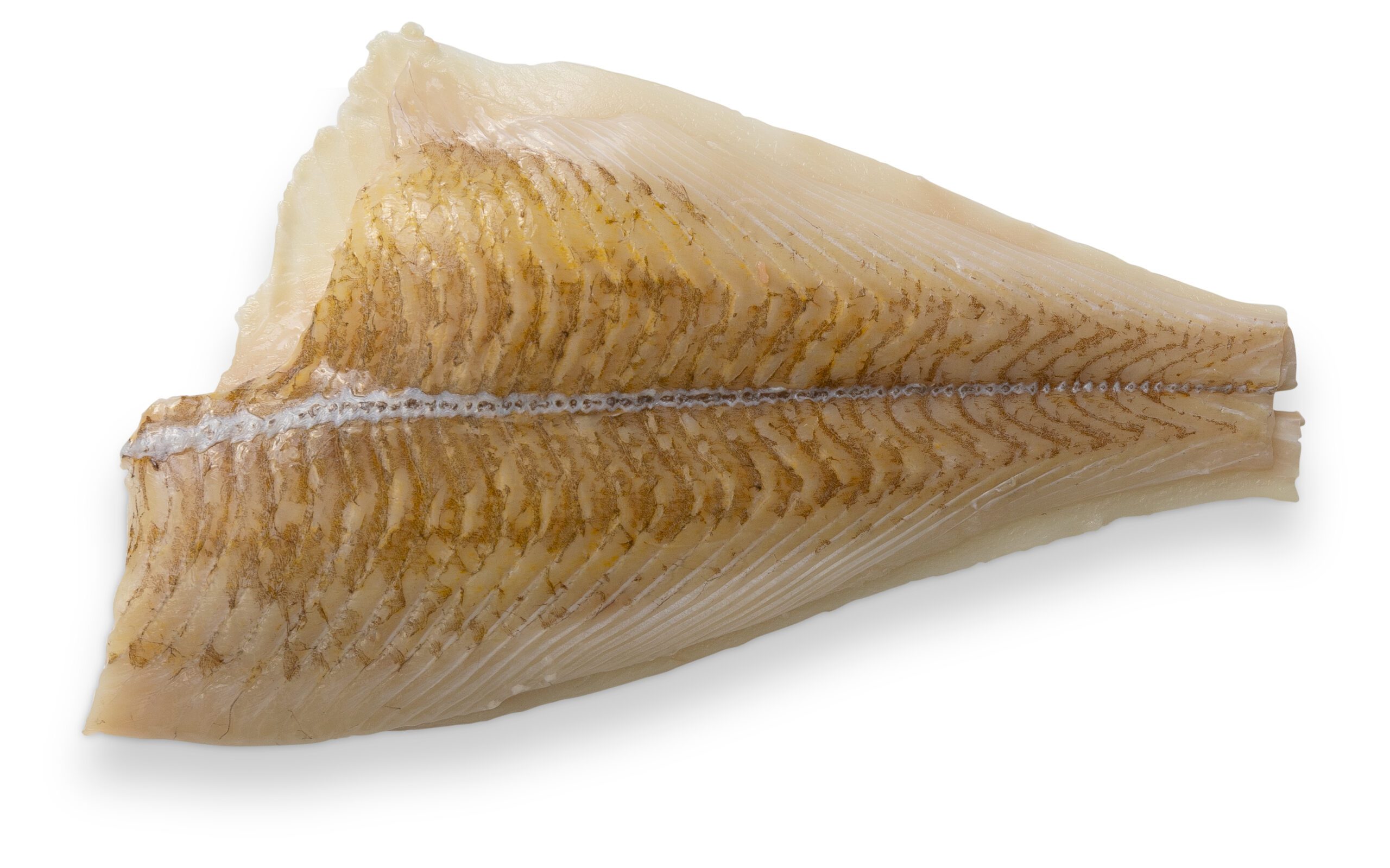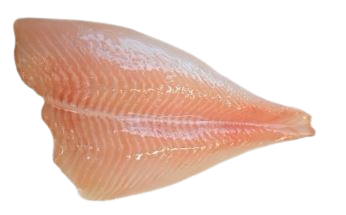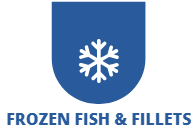
Alaska plaice
Pleuronectes Quadrituberculatus
Alaska schol, Glattbutt, Plie, Rodaballo, Rombo
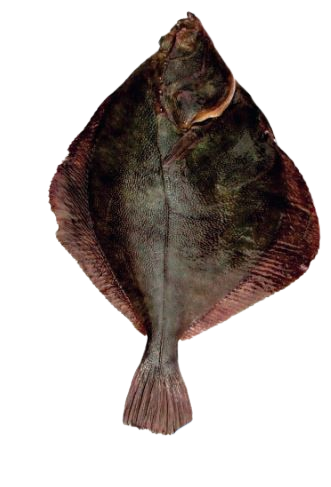

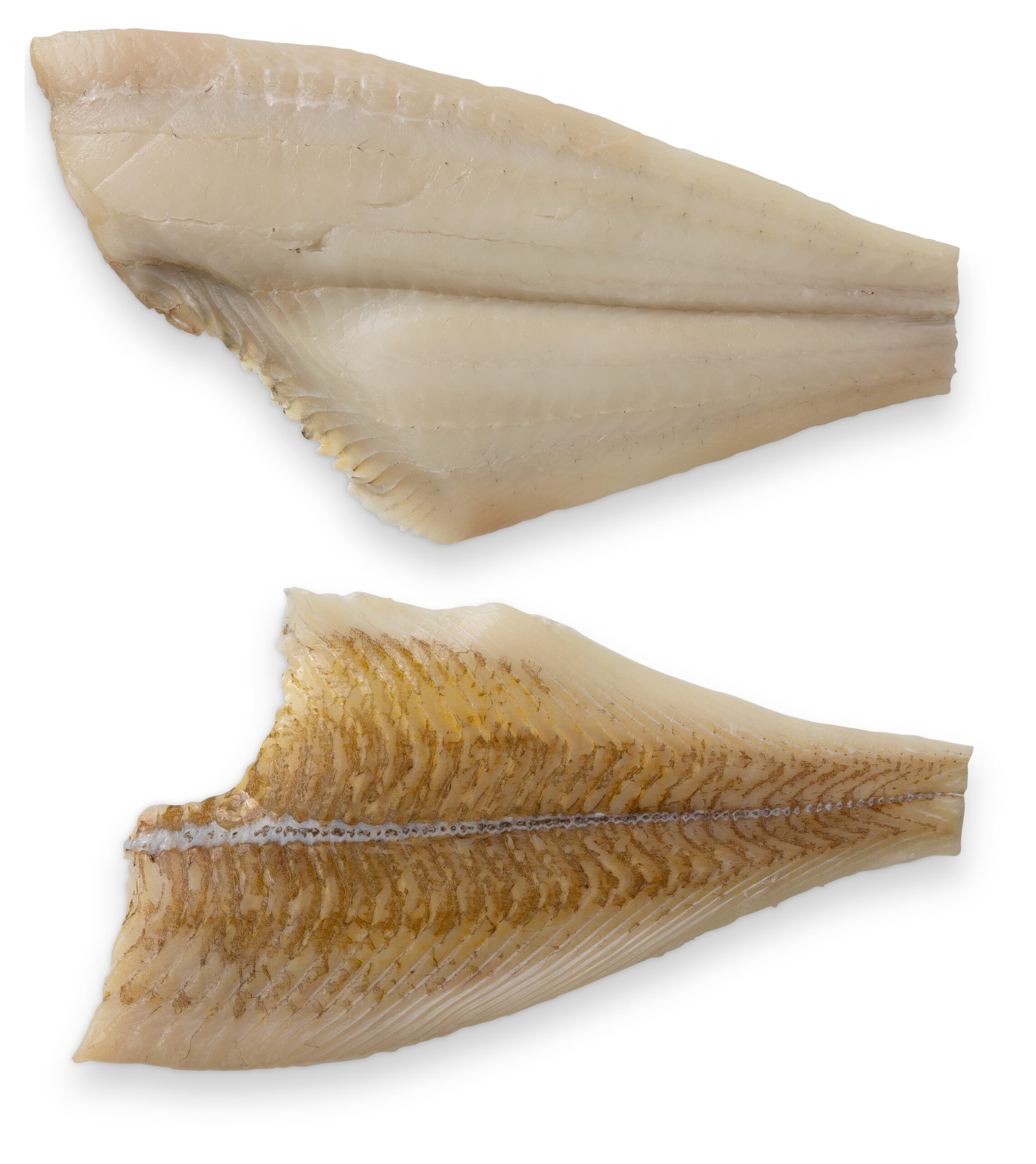
Whole Round (W)
Size
300-400 gr
400-600 gr
600-800 gr
800-1000 gr
1000-1500 gr
1400-1800 gr
1800-2600 gr
2600-3500 gr
Processing
Whole round (W)
Gutted (WG)
Gutted and descaled (WGD)
Gutted, gilled and descaled (WGGD)
Packaging
3 kg
6 kg
10 kg
12 kg variable
10 kg flightbox
Different sizes or special requests are possible upon request.
Fillets
Size
60-80 gr
80-100 gr
100-140 gr
140-180 gr
180-240 gr
Processing
PBI (pin bone in)
PBO (pin bone out, ” Flicked”)
Butterfly
Canoe
Origines
– Turkey
– Greece
– Spain

Standard certified by
Global Gap
Can be supplied with
ASC certification
Standard GMO-free
Contains no antibiotics
Aquaculture
Packaging options
All our products can be packed according to your specifications . For example, we can package your fish products in retail boxes or retail bags under private label . You can also choose from a variety of bulk containers for use as packaging for your products.

basic / standard

retail

bulk

private label
Directly more information about Alaska Plaice
QUESTIONS? PLEASE CONTACT US!
We are happy to help you if you have any questions about our quality products. Ask your question via the contact form or call us.

